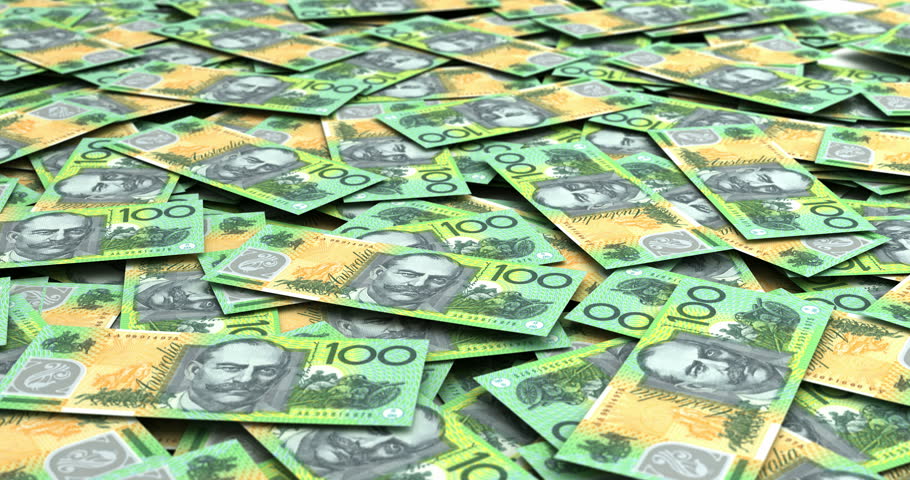There are claims on several sites that Australian dollars can be used in parts and the size of this part will be proportional to the denomination of the bill. We checked whether this is actually true.
The selection of interesting facts about money on the Pro-Banki portal includes such: “In Australia... the value of a portion of any note whose area is not less than 20% and not more than 80% of the original note is equal to half the value of the original note. So, if you tear 10 Australian dollars in half, each half can legally be used as 5 dollars. By the way, it will be very convenient if you urgently need smaller amounts of money. Perhaps Australian traders don’t have to run around the market asking to change large bills.” Similar statements can be found on the website "Museum of Facts", resource "Faktrum" and on Pikabu.
Australian dollars issues Reserve Bank of Australia (RBA). On its website the department reports, which strives to “have only high quality banknotes in circulation.” Therefore, the RBA is working with banks, cash settlement centers and other institutions to replace damaged notes with fresh ones as quickly as possible.
The RBA identifies different types of damaged banknotes. The first type is “unsuitable”. This is, for example, a banknote with an inscription or a torn corner. You can continue to use it, such a bill is worth the denomination indicated on it. However, the Australian central bank is asking its counterparties to surrender them. If the banknote has “lost” more than 20%, it belongs to another type of damaged banknote – “incomplete”. R.B.A. reports, that its "policy is that the value of each part of a note is proportional to the size of that part." The third type is “seriously damaged or contaminated” banknotes. These include bills that are stained with blood or chemicals, or are so damaged that it is impossible to confirm their authenticity.
Depending on what part is left of the banknote, it can be used in different ways. If it is considered unsuitable, then the denomination of the bill is retained in full. If between 20% and 80% of the note is preserved, the remainder is worth a proportionate portion of the denomination. R.B.A. leads example: “Half of a $10 bill is worth $5.” In this case, the denomination is rounded to the nearest whole number. If less than 20% of the banknote remains, then it is worth nothing.
But how true are statements like “Very convenient if you urgently need smaller bills” or “Australian traders don’t have to run around the market asking to change large bills”? Firstly, the RBA rules are designed for “Australian dollar holders in situations random damage to banknotes." If you demonstratively tear a bill in half and try to pay with half, then violate law. The possible penalty for such an offense is a fine of up to $5,000 or imprisonment for up to two years. Secondly, the Australian central bank emphasizes: “There is no obligation to accept incomplete notes when paying or returning change.” That is, you can try to pay with a damaged bill, but the seller is not obliged to accept it. Likewise, you can refuse such a banknote if they want to give you change with it when purchasing. In this case, the bank will be obliged to accept it from you, in accordance with the above rules.
Mostly true
If you find a spelling or grammatical error, please let us know by highlighting the error text and clicking Ctrl+Enter.







